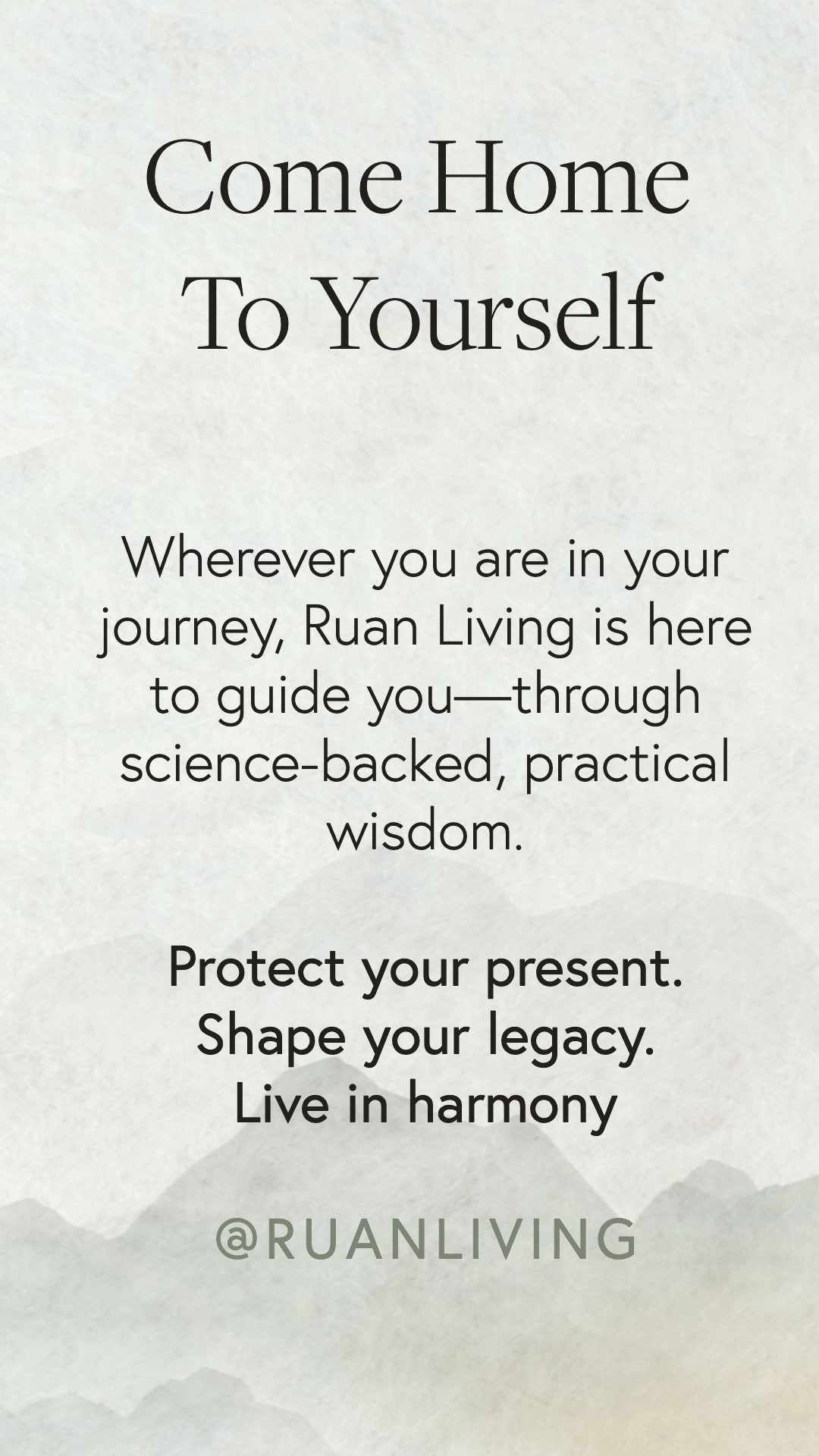
Meditate on Your Nose
Jan 02, 2019by Sophia Ruan Gushée
How often do you think about your nose?
I rarely do. Except when I have a stuffy nose, runny nose, or sneezing fits.
What does the nose do for us? How can we connect with it? Can doing so empower us somehow?
Come on, Let's Get to Know the Nose
The nose works hard for us. By taking the time to learn more about it, we can align ourselves to work with the nose—to guide us towards safety and health, investigate odors, explore chronic symptoms (like which environmental factors may trigger nausea / headaches / dizziness / allergies), connect to our brain and lungs, trigger pleasant memories, and to heal.
If you practice yoga and/or meditation, then you know the benefits of paying attention to your breath or thoughts.
By observing your thoughts, you becoming increasingly less reactive to, and intertwined with, your thoughts.
By noticing and controlling your breath, the breath becomes both a signal of relaxation or stress, fitness levels, and a tool to influence our body and mind.
In 2019, we are going to expand this idea to various (and often overlooked) parts of our being, starting with the nose! This journey can nurture a detox that is led by our senses and body's symptoms. It's organic, gentle, and will help us listen to our innate wisdom.
Please join me as I take a nose dive into our body parts to explore the universe within us. Register for my monthly newsletter to stay tuned.
Meditate on Your Nose. Seriously!
If meditation is defined as taking time to still the mind and enhance awareness, then join me this year on meditating on our unseen parts. Throughout January, we will meditate on the nose.
Our nose is the primary entryway for air to enter our body. And our nose, and its parts (like cilia and turbinates), helps to protect our other body parts and prepare the inhaled air for the rest of our bodies, like our lungs and throat.
Nose' Key Parts
Key parts that we'll touch upon are below. In the next section, we discuss how these key parts serve us.
- Nostrils: The two openings in our nose through which air enters and exits
- Cilia: Small hair-like parts that filter things like pollutants and allergens
- Mucus: A sticky substance that traps and contains things that are better off not entering further into our bodies
- Olfactory system: A collection of parts—including the nasal cavities, nerves, olfactory bulb, and the olfactory tract—that is responsible for our sense of smell
Below is a simple video, explaining the nose, which can be great to watch with the kids.
How Our Nose Serves Us
- Filters
- As air enters our bodies through the nostrils, the nose helps clean our inhaled air with cilia. Cilia are cells with small little hair-like appendages on the surface of the nasal tissues. Cilia traps a lot of the bad stuff in the air we breathe, like dust, pollution, allergens, smoke, bacteria, viruses, small bugs, and countless other things.
- Traps
- Mucous traps bad stuff—things like dust, germs, and other particles that can irritate the lungs. Once captured in the nose, the bad stuff is contained in our mucous. Gradually, the mucous is swallowed and enters our stomachs (the stomach is better equipped to tolerate bad stuff than are our lungs). Thank you mucous and stomach!
- Smells
- Our sense of smell serves us in a variety of ways. Smell is important in taste, pleasure, and safety. Our sense of smell also helps keep us safe, like when detecting smoke, spoiled food, and some toxic gases. "The human nose, they say, can distinguish more than a trillion different smells," according to a study published in the journal Science.
- People who have lost their sense of smell need alarms for harmful gases, and have to be extra careful with what they eat.
- Nerve cells located high in the nose detect odors. Thank you, nerve cells!
- How "healthy" our sense of smell is may even be an early indicator for cognitive decline and dementia (including Alzheimer’s).
- Attracts
- The nose plays a critical role in how we identify and react to people we are familiar with. It also influences our arousal (think: perfume, cologne, scents from shampoos or soaps, and pheromones). Even the smell of human perspiration—It has a direct effect on sexual receptors in the brain. And the loss of smell correlates with decreased sexual drive.
- The vomeronasal organ (VNO), related to the olfactory system (the system involved in our sense of smell), is a small accessory organ located at the base of the nasal septum or in the roof of the mouth and is present in almost all animals. Some refer to it as the sixth sense. While the VNO is important in many animals (like rodents and dogs), the human VNO is considered not functional (acting as an old remnant, like the appendix). But some suspect that it still plays a role in pheromone and other chemical communication.
Enjoy the video below to see a visual explanation of the olfactory system.
In Summary
Our nose cleans, moisturizes, and regulates the temperature of inhaled air for the rest of the body. It also is important in taste, pleasure, safety, attraction, memories, and more.
Most of us ignore our nose unless it gives us trouble, but people who know about the nose know that it is one of the most versatile and elegant organs in the human body.
Thank you nose and nose parts! We are going to get to know you better to support, and listen to, you. We will learn more about your roles so that we can listen to you as a guide on an organic detox journey.
Related Articles You May Enjoy
🎁 unlock your ULTIMATE HOME DETOX™ starter pack
Download the Ultimate Home Detox™ Starter Pack—your free set of practical, science-backed tools to begin reducing toxic exposures in your everyday life.
- Nontoxic Cleaning Guide
- Forever Chemicals Detox Starter
- EMF Detox Challenge
- Safe Cookware Starter Kit
- Kitchen Detox Checklist
- Fertility / Pregnancy / Children's Detox
Join 349,000+ people who’ve turned to Ruan Living for trusted, practical nontoxic guidance. These resources have helped thousands begin their journey toward a healthier home—and they’re yours, free.
GET YOUR ULTIMATE HOME DETOX™ STARTER PACK NOWWe hate SPAM. We will never sell your information, for any reason.



